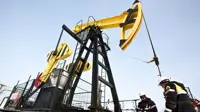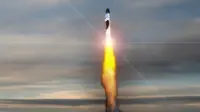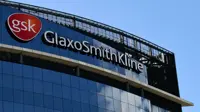CEA says Kolkata port great example of infrastructure draining public money
28 Dec 2015
The Kolkata Port Trust, which is sitting on huge unused property while its business continues to deteriorate, is a big drain on the exchequer, the central government's chief economic advisor Arvind Subramanian said.
KPT, he said, is a good example of infrastructure draining public money even as it finds exiting the business problematic, adding, there should be a way out.
"There ought to be exit from this (Kolkata Port) but it hasn't been and I really don't know what its (Kolkata Port's) prospects are," he said.
"Kolkata port is using too much land," he said on Sunday at an Indian Statistical Institute event here. Traffic handling in the British-era port has been steadily declining, while the government since 1990 has spent about Rs11,000 crore for subsidising it.
Referring to a finding cited by Devesh Kapur, who co-authored a book with him, Subramanian said the port's container handling at present stands at 60 TEUs per acre against 20,000 TEUs handled by the port of Singapore.
Kolkata Port Trust, meanwhile, said it is eyeing an increase of 14 per cent in its earnings out of land lease and rents this fiscal year and is likely to float numerous additional lease proposals in February 2016. The port, however, has not been able to increase its business.
In 1960, the Kolkata port handled 28 per cent of total traffic, which has declined to merely eight per cent now. On the "very high opportunity cost for land", the official said subsidies are used to "keep alive a river-based port in an era of very large ships".
"I think it is a great example where exit is a problem in West Bengal and as much in India," he added.
Noting West Bengal had slipped for quite a while in terms of gross domestic product growth when compared to other states, Subramanian said the central government's Act East policy should help the state regain its lost momentum in the industrial sector.
"West Bengal, backed by its strong literary traditions, can use the $900-billion global printing and publishing industry to its advantage. Opportunities are also there in garments, electronic assembling and the foundry & forging sectors," he said.
He also pointed to the congestion in cities like Bengaluru, Chennai, Mumbai and Delhi where high real estate costs are constraining growth. West Bengal could offer an alternative to these congested cites, he said.








.webp)












